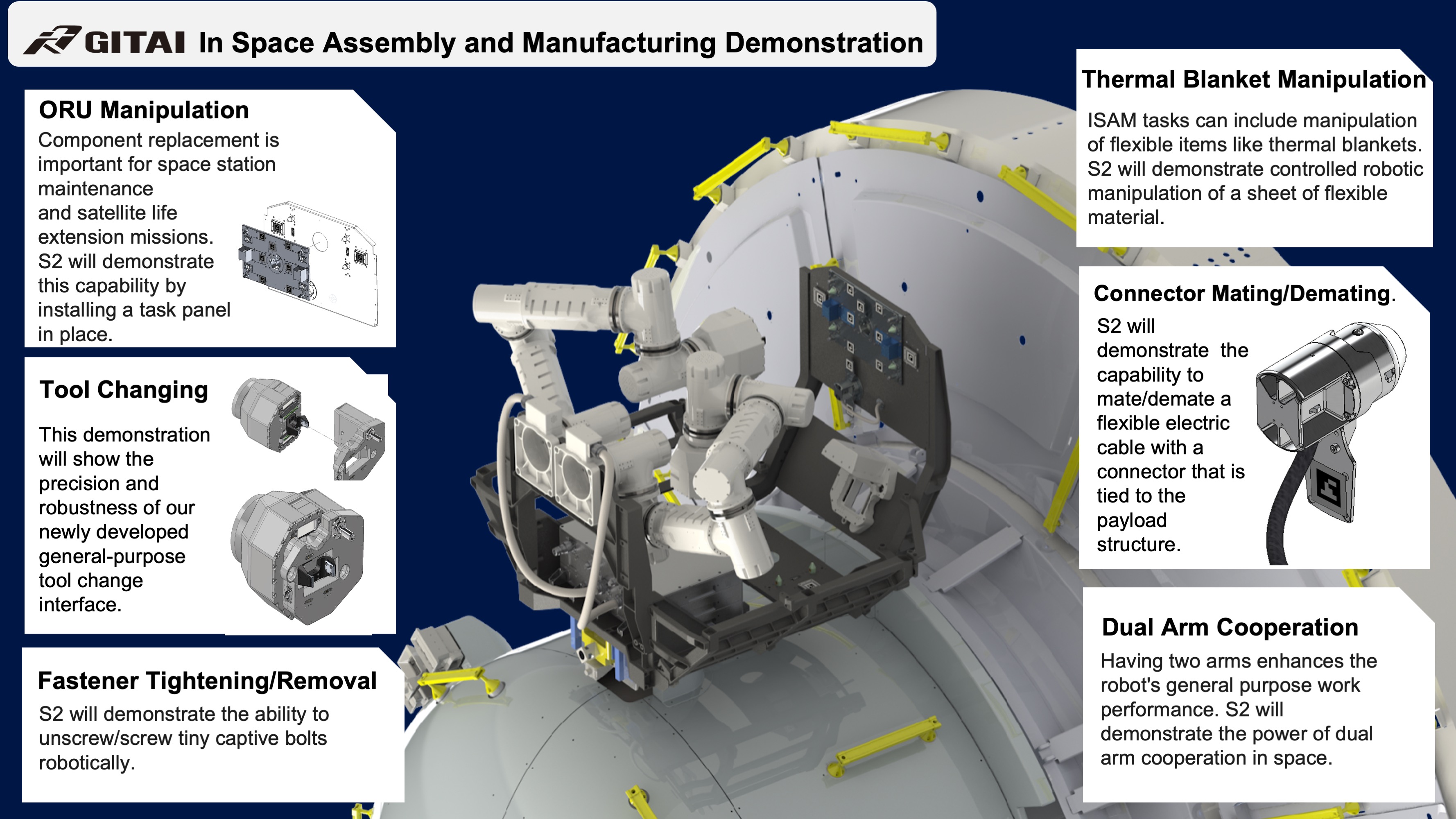Gitai, a Los Angeles-based company, announced the successful demonstration of its autonomous robotic arm outside the International Space Station (ISS). The CEO of Gitai, Sho Nakanose, emphasized the company’s goal of significantly reducing in-space labor costs, akin to the way SpaceX and other providers have revolutionized launch costs.
The autonomous robotic arm, named S2, measures 1.5 meters in length and was transported to the ISS aboard a SpaceX Falcon 9 rocket in January. It was then mounted externally on Nanoracks’ Bishop Airlock before undertaking a series of tasks crucial for the construction of structures in space. These tasks included installing a task panel, manipulating flexible materials, and attaching and detaching a flexible electric cable to a connector, among others.
Gitai’s successful demonstration highlights the potential of autonomous robotic systems to perform essential tasks in space, where human labor is not only expensive but also hazardous. While autonomous robotics still have room for improvement on Earth, their capabilities offer promising solutions for reducing the costs and risks associated with human labor in space exploration and infrastructure development.

In the near term, Gitai is focusing on on-orbit satellite servicing for spacecraft located in both low Earth orbit and geostationary orbit. The company is also developing robotic satellites designed to undertake various tasks pertinent to this market segment, including rendezvous, docking, inspection, and de-orbiting, as stated in their announcement.
The startup, founded eight years ago, plans to commence offering on-orbit servicing solutions by 2026. Gitai highlighted that the technology readiness level (TRL) of its robotic arm, a standard utilized by NASA to assess technology maturity, has reached level 7, the highest tier. Additionally, the startup’s “inchworm-type” arm also stands at a TRL 7. This indicates a high level of readiness and maturity for deployment in space operations.










